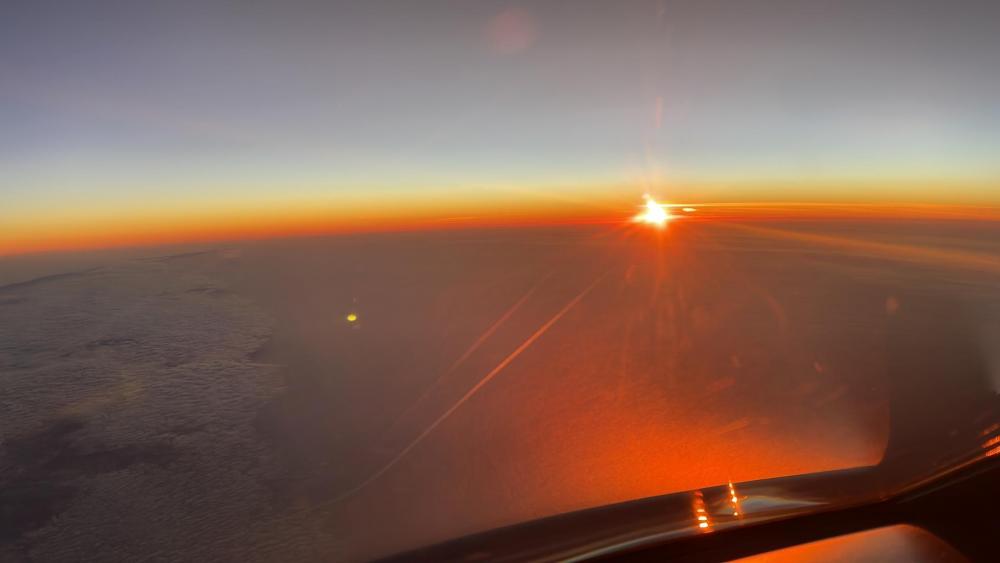Leaderboard
Popular Content
Showing content with the highest reputation on 01/01/2023 in all areas
-
Hi all A big thank you to the IXEG Team for this wonderful aircraft, I have spend 100's of hours on it since that special day way back around April 2016! It's a real pilots aircraft, the old saying, "Remember, you fly a plane with your head, not with your hands and feet", certainly nails it for me when I'm simming, if the aircraft doesn't feel and respond the way my brain expects it to, then it doesn't even make it out the hanger. That's the main reason I'm on XP11/12 now, and not in MSFS, that "sim" is just to arcade feeling for me, I've been doing this since 1985 when I was 10, working my way through the ZX Spectrum games (DI Tomahawk) and onto Atari ST, Amiga and the 486 PC with DI Tornado being a highlight. So these are a few clips I through together, along with a bunch of short final landings, most are from 6 months ago or so as they are still with default clouds, more recently I'm enjoying Enhanced Skyscapes. So again, thanks to the IXEG team, it's been a great 5 years flying this aircraft, here is to more good times in the future. Cheers1 point
-
1 point
-
1 point
-
Did you have an N1 thrust limit available and active? TO or TGT?1 point
-
1 point
-
1 point
-
1 point
-
I don't think that will be the case. There's a few reasons: 1. We anticipate some big changes for the 12 run 2. It's quite clear in our customer data that 12 is already HIGHLY adopted and favored this early on. It will only continue that direction moving forward. Spending time on previous builds of X-Plane will not be advantageous of the teams time or for majority of our customers. We will continue to offer the current 11 build for install, but to keep two platforms in development is highly unlikely.1 point
-
1 point
-
Here are the things that can ruin the perfectly executed trip in challenging weather or otherwise: Did the wifi/internet and TV (if equipped) work seamlessly? Was the car (that they arranged and gave us zero info on) there on time ramp-side (if allowed)? If not - was there a van ready to take them to the jet from the FBO ramp-side door to the plane - even after the passenger(s) wandered off to the restroom or took a 10 minute phone call and the van couldn't wait any longer? Did we have umbrellas ready despite arranging the van in the rain - not knowing they wanted to walk or didn't want to wait (due to what happened just prior?) Were we able to get the obscure flavor of coffee flavored M&M's that the lead asked for 2 hours prior to the trip? Did the printer work? Were we able to fit the 4ft long scale model of the yacht in the wooden crate - that we didn't know was coming - into the baggage compartment? What about the artwork? Were we able to deal with the last minute notification that the passengers were bringing a dog with them on this international leg? Were we able to work through the issues created when the passengers decided to leave a passport at home - with zero impact to the passenger? Or related - did a passenger bringing a passport number not matching the information on the manifest cause any delays? Were we able to change the weather and depart in the moderate freezing rain on time? Was the rental SUV they had us arrange on their behalf without giving us basic info (drivers license, loyalty numbers) adjacent the airplane on arrival - with no requirement for them to 'go inside' to show a DL or CC? Were the chicken tenders the boss asked for still appetizing after sitting in the convection oven for 5 hours before she decided to come get them at Top of Descent? (no FA) The rest of the A to B stuff is part of the base expectation.1 point
-
1 point
-
1 point
-
1 point
-
Every operation will be somewhat different of course.... Once we complete the last leg of the day and the shutdown check is complete, one of us is immediately getting up out of the seat to open the cabin door and go verify chocks are in place, the nose doors are opened, and 5 pins are inserted. Of course if our last leg is a passenger leg - they are disembarked first. One pilot typically stays with them for the walk to the vehicles or the FBO - while the other pilot heads to the interior of the baggage compartment to pass the bags to line crew. That pilot then comes through the cabin to check for forgotten personal items - concluding with a thumbs up to the pilot adjacent the vehicles. If they walked inside - typically a text is sent between pilots that the cabin is clear (or isn't). At this point the pilot with the airplane will coordinate with the line crew re: required services - verifying chocks are in place - then retrieving the pins and inserting them. Different operations have different philosophies/standards regarding nose doors opened or closed. At our home base - we will always open the doors and insert 5 pins. Away from home while on the road we can exercise discretion to leave them closed. In a location with security concerns, or if there are any concerns regarding tugs, line crew, etc - we may elect to go with 3 pins and leave the doors closed. I'd say in our operation the doors are left open with 5 pins the majority of the time. Under no circumstance will we leave the nose doors open without inserting the 2 additional pins. Once pins are inserted and we're both back on the jet - it's time to start cleaning up and preparing for the next flight. Garbage is gathered, old coffee is dumped, drinks in the drawer with paper labels are removed from the ice bins - leftover catering is emptied from the chiller and either given to line crew as trash, as a gift, or to be stored in the FBO fridge. If the cabin needs to be vacuumed - we vacuum while power is still on. Tables and surfaces are cleaned at this point, seatbelts are cleaned and put back into presentation , the sinks and lav are cleaned and while this is happening - line crew is probably performing the lav service. Dishes and linens are given to line service as well. We like to keep power on until all of that is finished so we can check the lav - that enough (hopefully clean) water has been put back in and its back to smelling/looking fresh. We also have to restock from the storage drawers in back. Things like snacks, drinks, chips etc - all have to be replenished. If 15 minutes has gone by - one pilot is checking/servicing the oils in the utility bay. If temps will dip towards or below freezing - we purge the potable water system. This is often done at TOD depending on circumstances to avoid dumping 10 gallons of potable water on an FBO ramp which will turn into an iceberg. Water lines must be purged on the ground which is similar to prepping a recreational vehicle or boat for winter storage , minus the antifreeze, although there's different techniques there too. Sometimes during all of this we may also fuel for the next day's flight - circumstances of course dictate when we would do this as there are considerations to keep in mind leaving the jet with a lot of fuel. We also will consolidate crew baggage and put it in the baggage door opening in preps for offloading. We ensure the garbage, catering, fridge items, etc - are indeed all off. The parking brake at this point has probably long been released since chocks were verified - and the signs put in the cockpit windows indicating the jet is safe to tow. We verify one of us has recorded the 'numbers' from the FMS for the trip paperwork. (OFF/ON/FLIGHT times and OUT/IN Fuel) Suction cupped iPad mounts are removed from the windows, the Sentry is verified as off and packed up so it can be charged at the hotel if needed. If it was a night flight and next flight is day, and we're about to secure the airplane - lights will be brought back to a daytime config (full bright). If it's a hot and sunny location - cabin window shades are closed and cockpit reflective covers are put in place. We also have a pin to secure the emergency exit in the cabin that gets inserted. At this point we verify requested services have been received/completed and we check with the other crewmember or crewmembers that they are done with cabin power. From here one of us typically runs the securing checklist and shuts down the APU. But we aren't done yet. Our bags get unloaded at this point and we build our 'pile'. All external panels are locked. A thorough post flight walk-around is completed, typically by both of us. Covers are put on all 3 pitots, both ice detectors, the AOA cone and both AOA vanes. Both batteries are disconnected. Whichever pilot didn't do the cockpit securing - must 'check switches' to make sure all is where it should be. Now it is finally time to make sure everyone is 'done inside' and the door gets closed/locked - and now - we can walk into the FBO, or to our rental car which has been brought planeside. We check in at the CSR desk regardless - providing contact info, verifying the schedule and services requested. This is a great time to make sure we go over the 'stuff in the fridge, the lav service, hangar arrangements, etc etc'. Only after this is all done do we leave the airport and head to the hotel where the trip PIC does 'the paperwork' which in our operation is electronic and must be submitted in a reasonable amount of time after the flight. At home base our operation has a cleaning service that will take care of many of the above tasks, and since another leg often isn't happening the next day - we're off the airplane pretty quickly. Hope this helps understand some of the things that go into this side of the business. On an international arrival after a long day mid-trip- it wouldn't be uncommon for the crew to take 30-45 minutes to do all of the above correctly.1 point



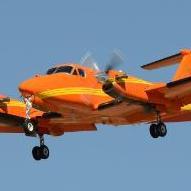
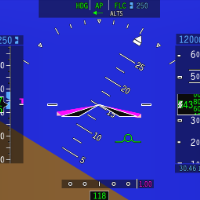




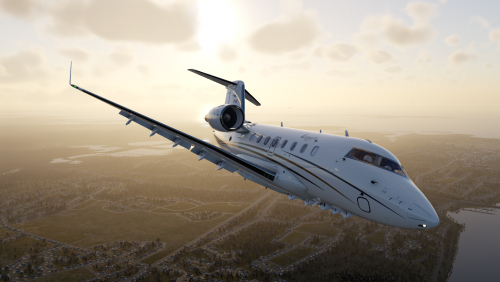


.thumb.jpeg.410ae1afe93ba3bb64cbe3ddf56ec617.jpeg)

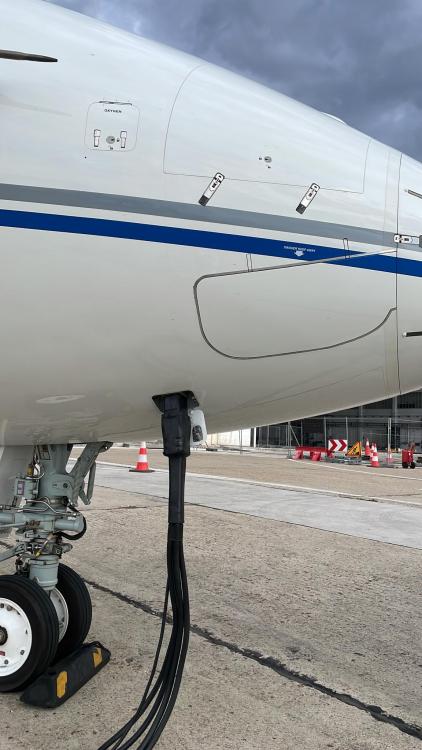



.thumb.jpg.5ff92f1537e7f1341accd6a9a0208f37.jpg)
